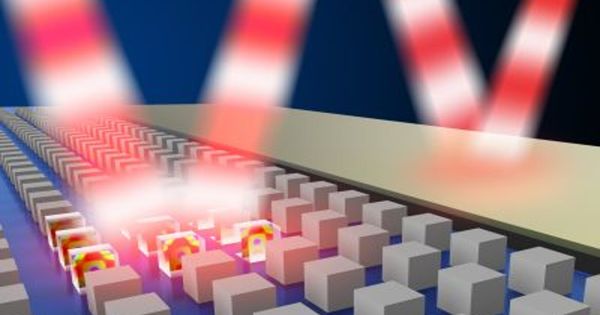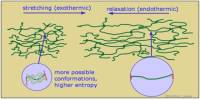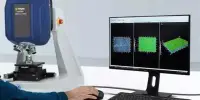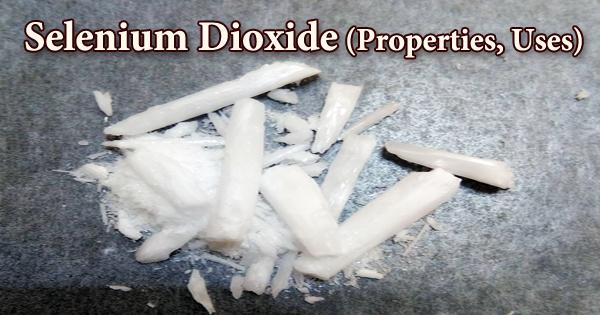A Japanese multi-institutional team has created a new magnetic design with magical mirror-like properties. The brightness of transmitted light changes depending on whether the material is viewed from the front or the back, which is based on organic-inorganic hybrid perovskite type compounds.
Tohoku University researchers have demonstrated the designability of novel magnets with magical mirror-like properties in organic-inorganic hybrid perovskite (OIHP)-type compounds.
OIHP-type compounds, a type of material used to make solar cells, have exceptional optical properties and have recently piqued the interest of researchers around the world. Researchers are eager to capitalize on their structural diversity.
Researchers demonstrated the designability of novel magnets with magic mirror-like characteristics in organic-inorganic hybrid perovskite (OIHP)-type compounds.
Although the superior optical properties of OIHPs have primarily been studied for their photoelectric properties, several OIHP-type compounds are known to function as light-transmitting magnets. OIHP-type compounds are a promising platform for designing functional magneto-optical materials because they combine excellent optical properties with magnetism.
The high efficiency is due not only to perovskites’ unique optoelectronic properties, but also to various device optimization strategies such as interfacial engineering, defect engineering, and componential engineering.
The fundamental intermolecular interactions and bondings, such as hydrogen bonding, halide bonding, ionic bonding, Lewis acid-base interactions, and van der Waals interactions, are at the heart of these strategies.

A multi-institutional Japanese team led by Kouji Taniguchi of Tohoku University’s Institute for Materials Research created a new magnet in which the brightness changes depending on whether the material is viewed from the front or the back.
Using OIHP-type compounds, they created low symmetry magnets with magic mirror properties by introducing chiral organic molecules into the layered crystal structure of inorganic magnets.
Furthermore, they discovered that a low magnetic field, such as that provided by a commonplace permanent magnet, can be used to switch the front and back of matter. “We anticipate that the development of new magneto-optical materials based on the material design concept presented in this study will lead to applications in spin photonic devices,” Taniguchi said.
Hybrid organic-inorganic halide perovskites (OIHPs) are a new class of semiconducting materials that are reshaping the field of optoelectronics. In contrast to conventional semiconductors, OIHPs are formed with ionic and secondary bonds rather than covalent bonds, giving them relatively soft properties. These materials, in particular, can be easily processed into thin films via a variety of low-temperature methods, and their microstructures are highly tailorable at multiple scales. This material family also has a large composition space, which leads to versatile crystalline structures and (Opto)electronic properties.
















